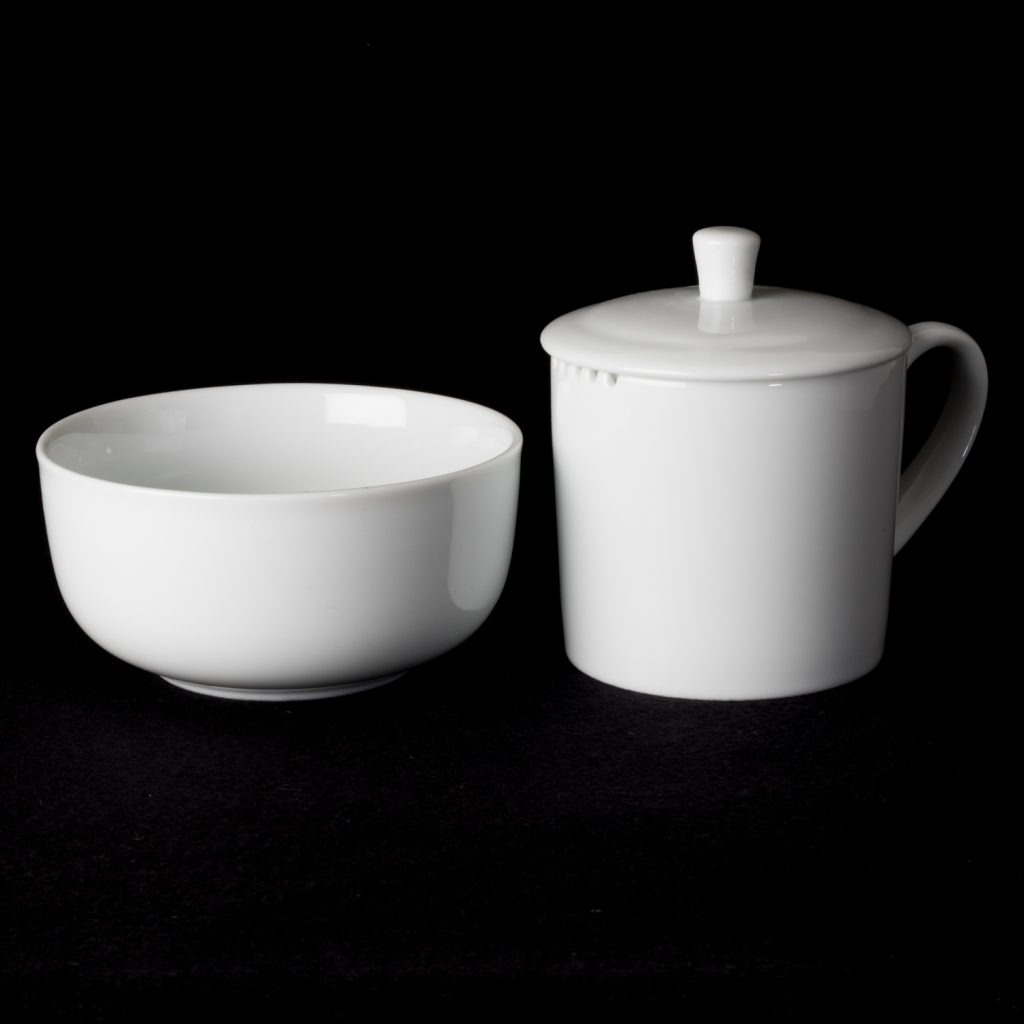While fruit and herbal teas are made from the dried fruits or herbs, the production of black, green, white or yellow tea is much more elaborate.
With a lot of passion, experience and intuition, we test each tea for taste, scent and colour so that we can offer you your preferred variety in the best quality. Join us on an exciting journey from the plant to the preparation and learn everything you should know about tea…
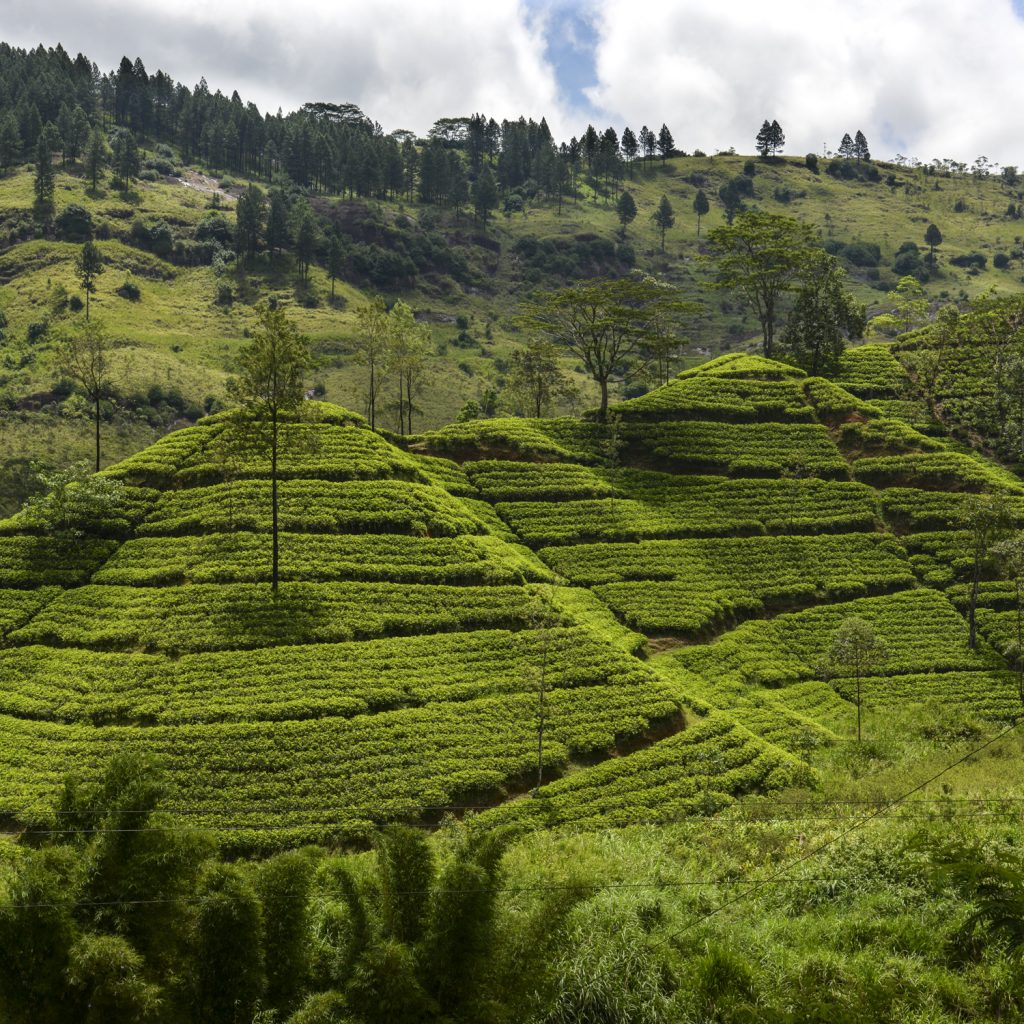
The tea plantations
The tea plant needs a warm and humid climate with regular rainfalls, preferably with temperatures between 18°C and 20°C. Since the plant is very sensitive to stagnant wetness, it is found on slopes with extreme inclination that provide natural water drainage.
Depending on the country of cultivation, different climatic and soil conditions prevail, which determine the taste of the tea.
The tea plant
The tea bush is an evergreen plant and belongs to the camellia family. In its original, wild environment, the tea plant is a tree plant that can grow 15 to 20 metres high, with white or yellow flowers and small, hazelnut-like fruits. However, the tea bush is kept at a height of about 1.20 metres and regularly trimmed to facilitate hand-picking and encourage the growth of new shoots.
Harvesting is done at fixed intervals and even throughout the year, depending on the climate zone. In the high quality tea gardens, hand picking is still done today. For the most precious tea varieties, only the first two freshly grown leaves with the bud – “two leaves and a bud” – are obtained, from which the most diverse variations of tea are produced.
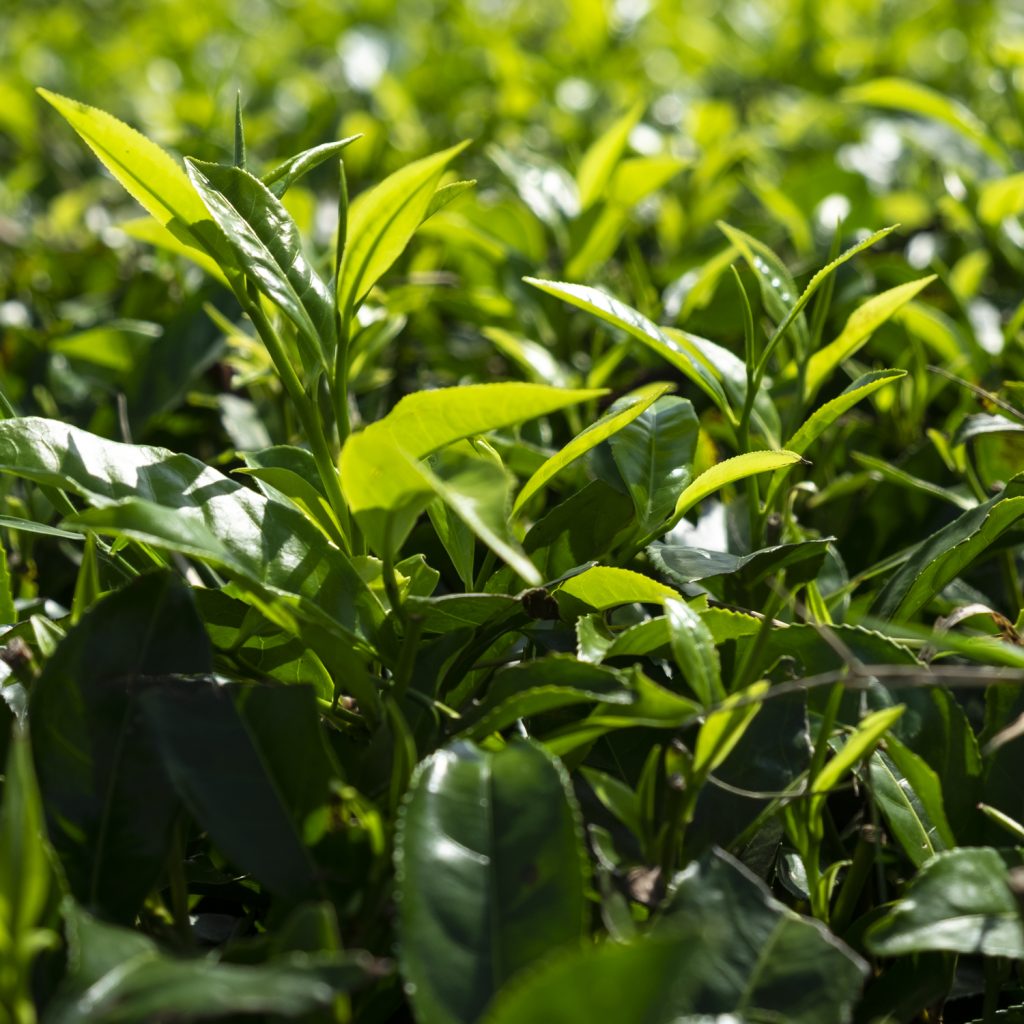
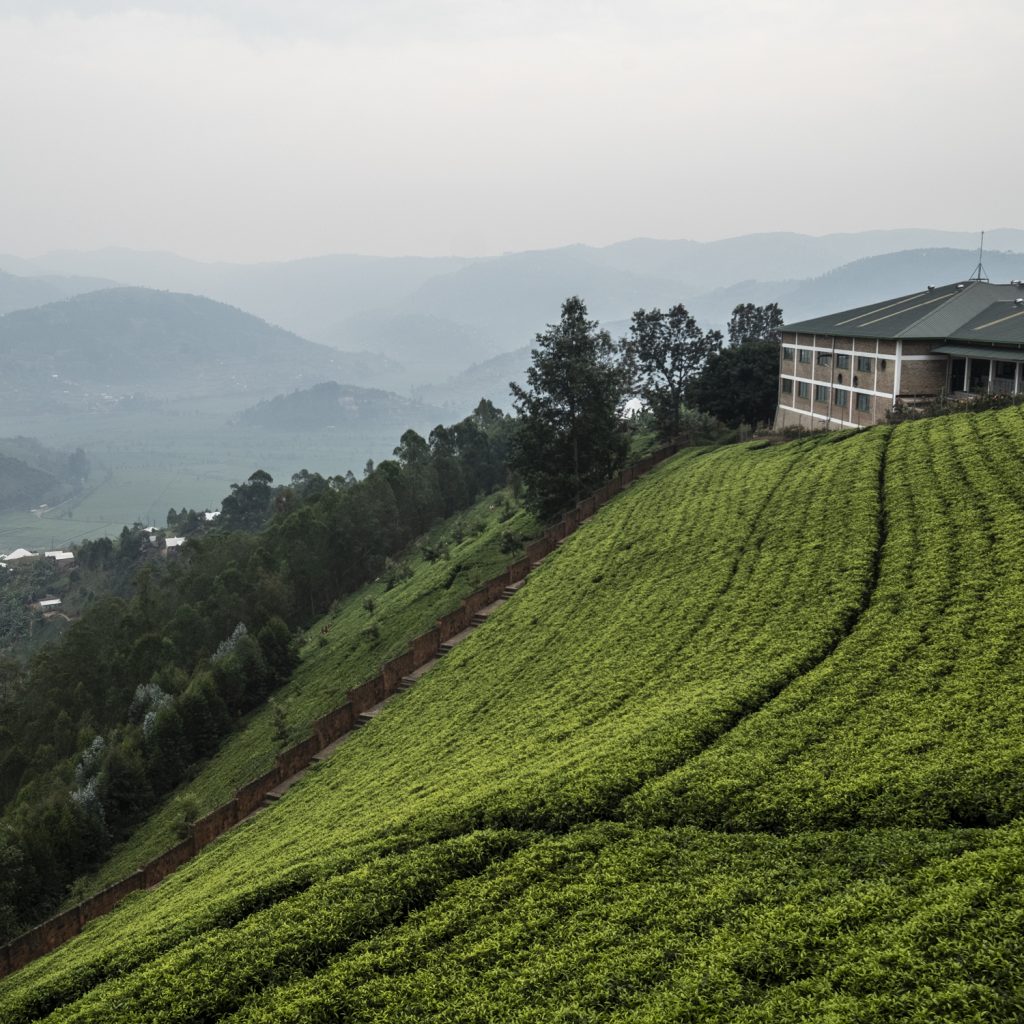
There are basically two different tea plants:
- Thea sinensis” (Chinese tea) is the more robust original plant and is mainly found in temperate climates.
- Thea assamica” (Assam tea) is finer and more aromatic in taste. However, it needs a lot of warmth to thrive.
In order to use the advantages of both plants at the same time, they are nowadays often crossed to form the so-called “Assam hybrid”.
Black tea
To make black tea, the leaves are:
Withered
approx. 1/2 day
Rolled
Rolling the wilted leaves injures the cell walls and fermentation can begin.
Fermented
Fermentation is an oxidation and fermentation process that takes about 2 to 3 hours. During oxidation, the tea leaves take on a copper-red colour, which is washed out by the water when the tea is poured on later. The fermentation process essentially determines the quality of the end product.
Dried
20 to 25 minutes at about 85-90 degrees. The thickening of the cell juice gives the tea its black colour.
Sorted
The tea is finally sorted into the different grades by shaking it in so-called shaking sieves.
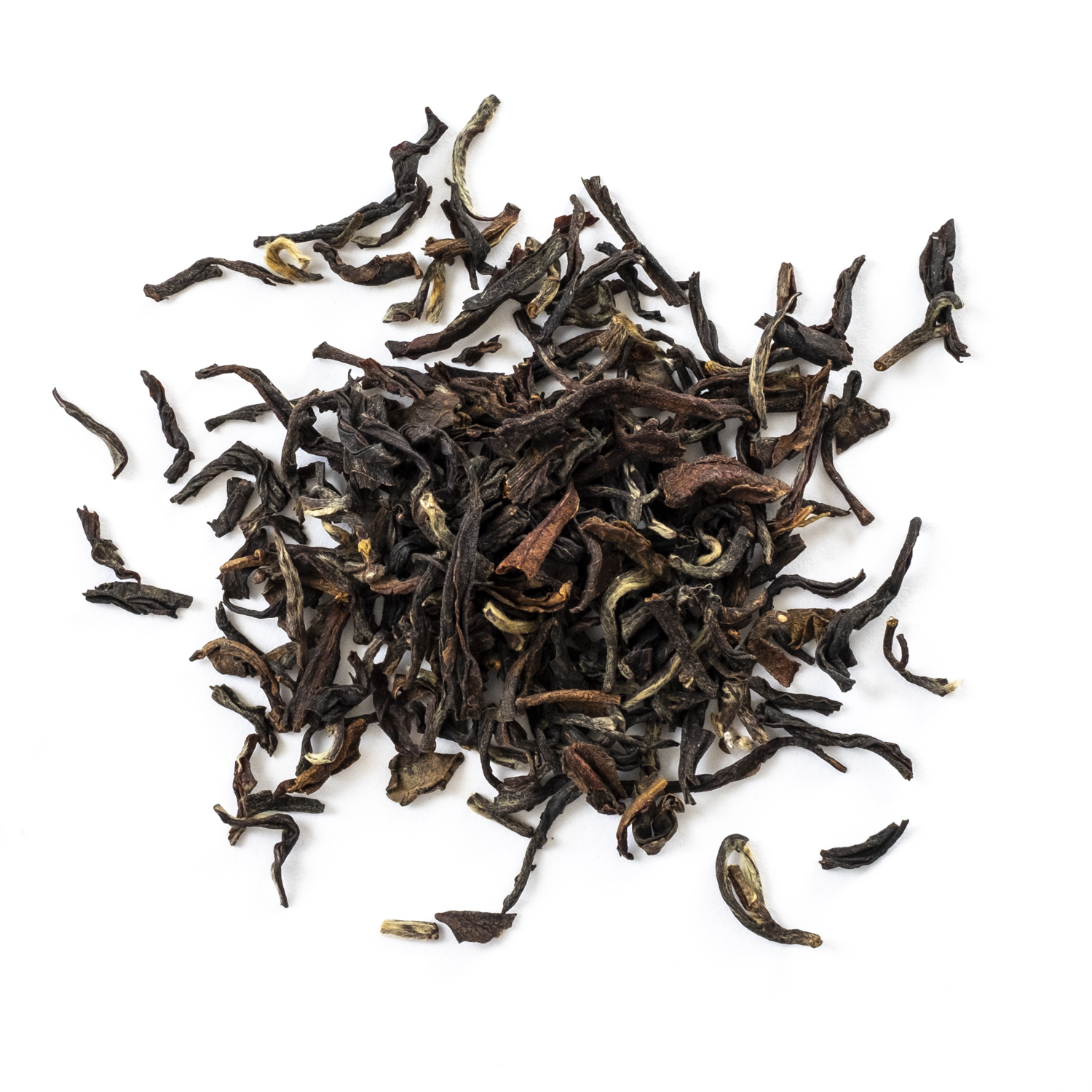
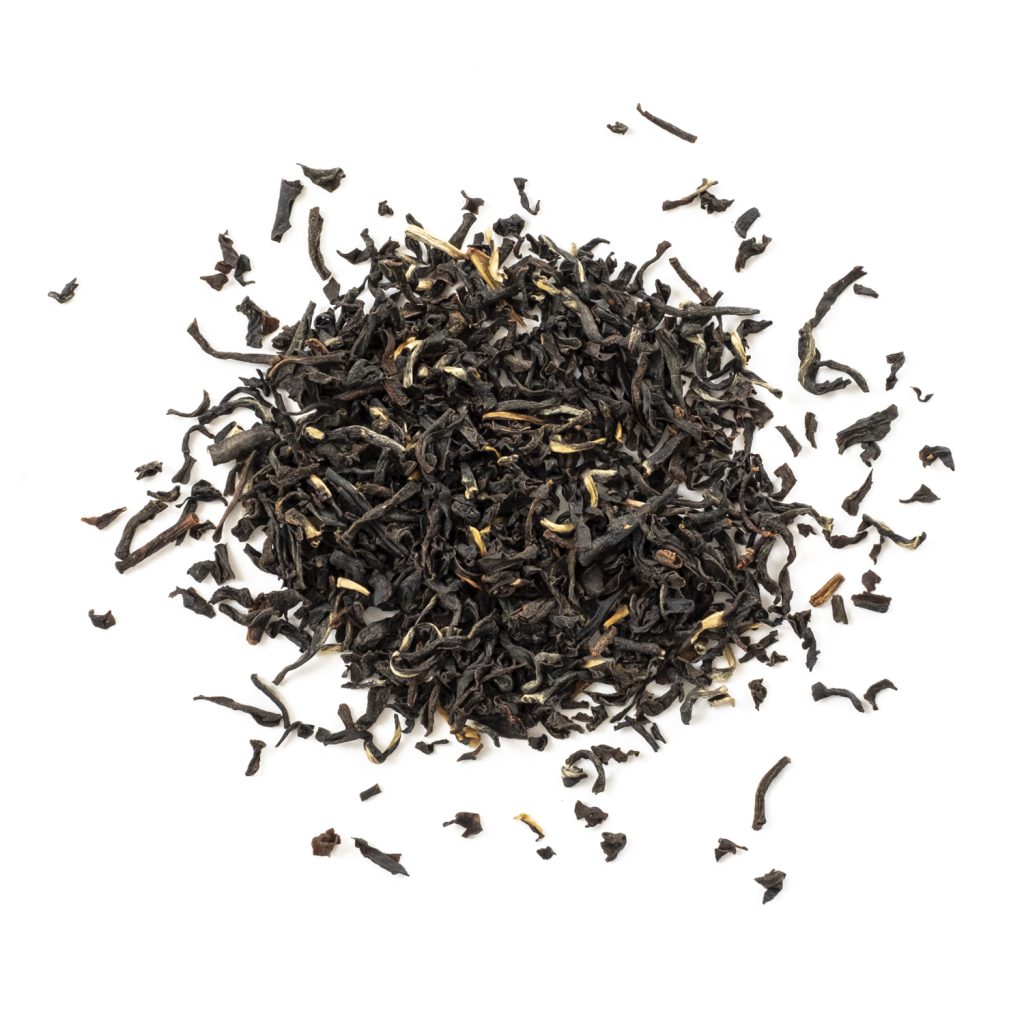
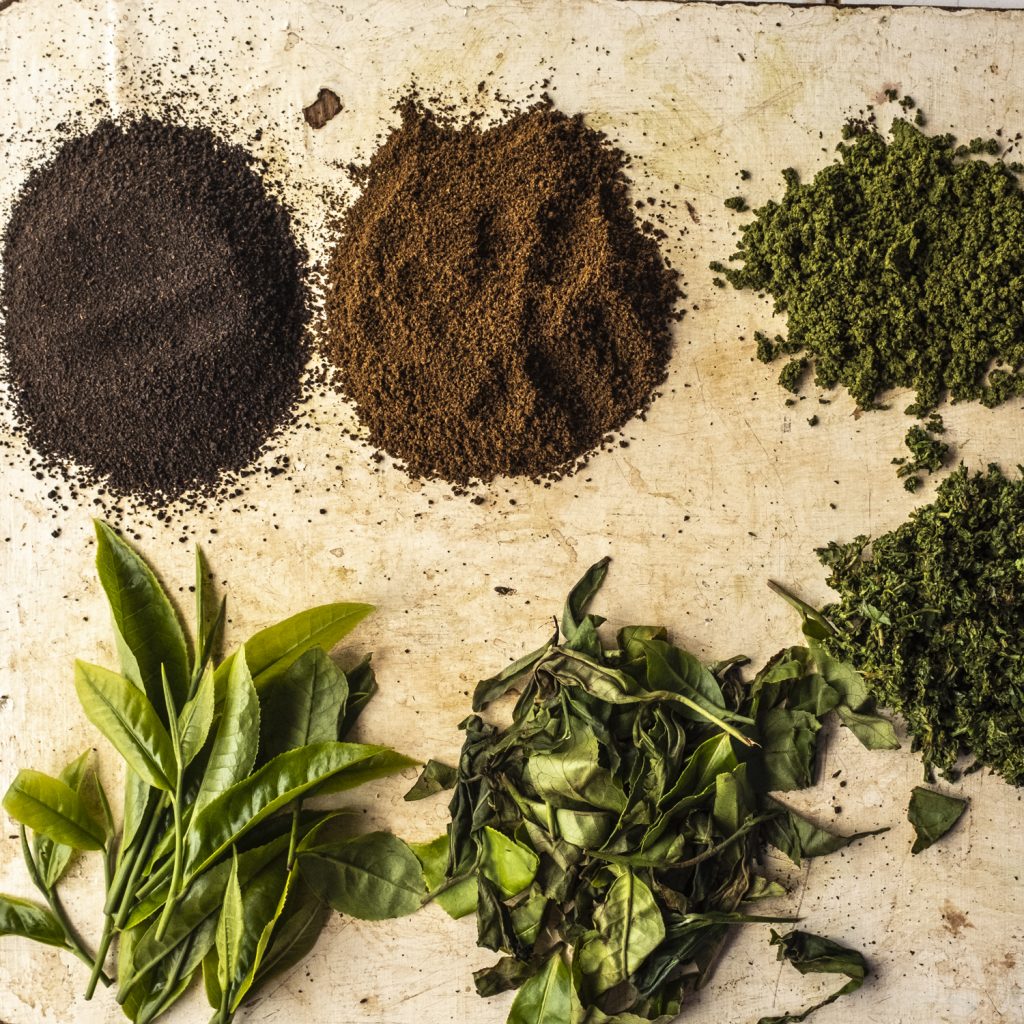
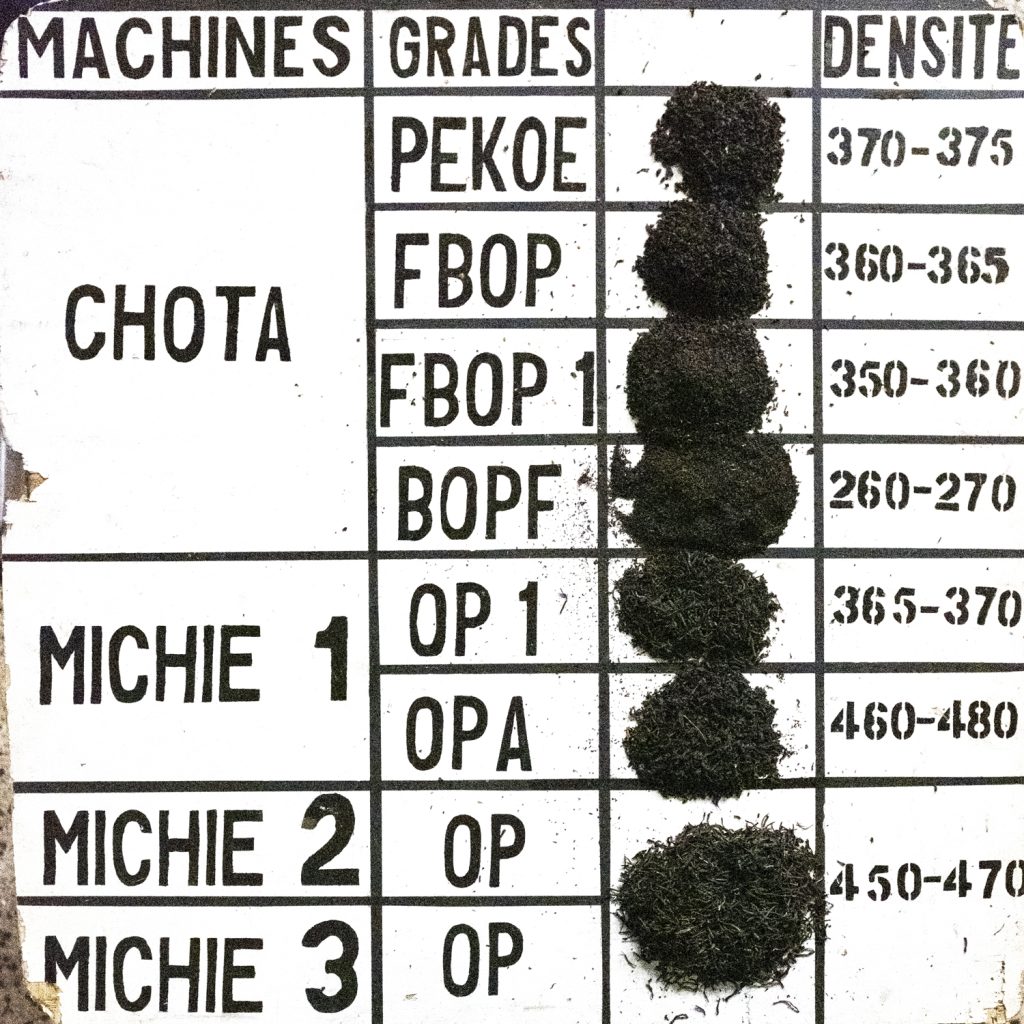
Oolong
Oolong tea differs from black tea only in its shorter fermentation time, which is stopped after only a few minutes.
Oolong teas are extremely delicate in taste and are characterised by their sweet character.
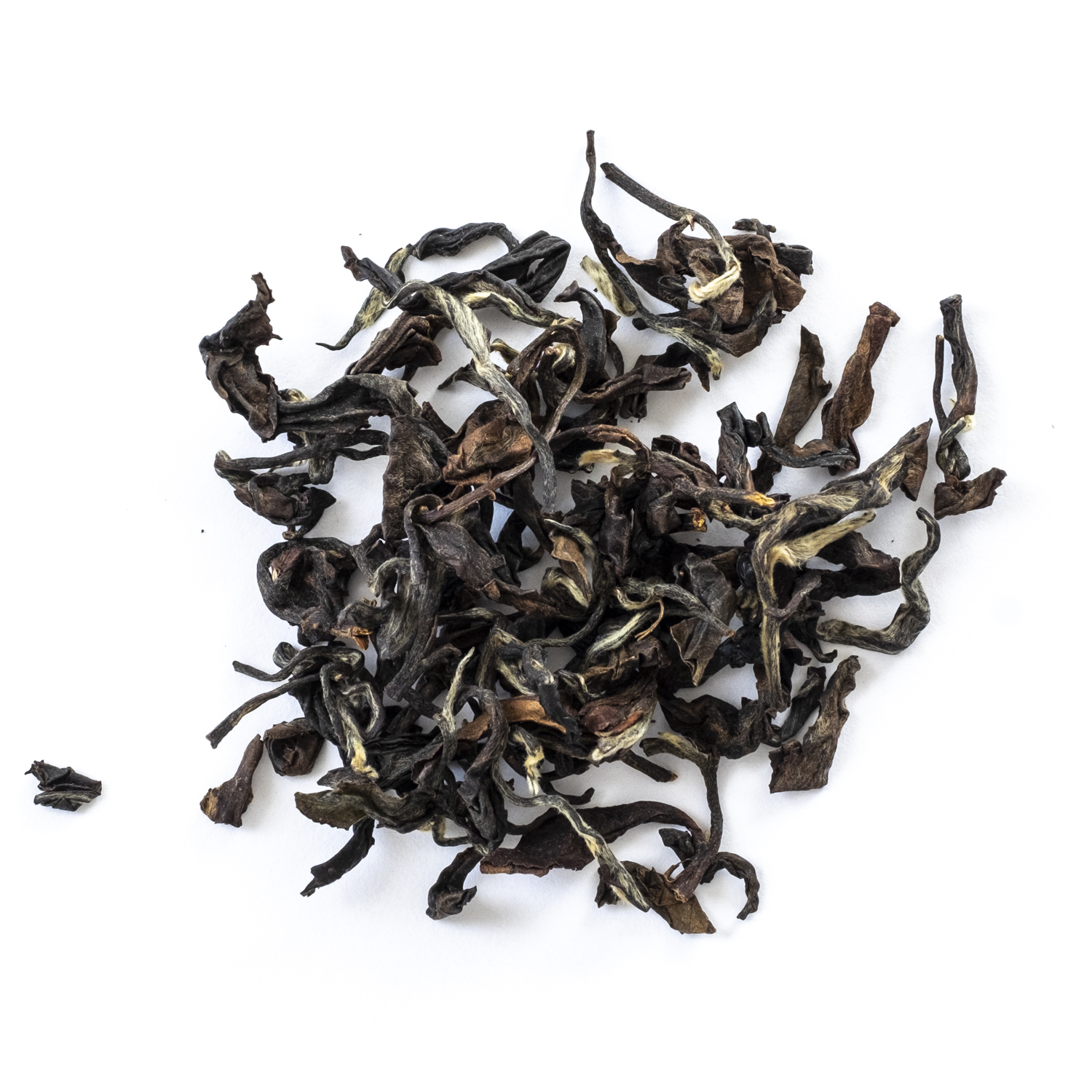
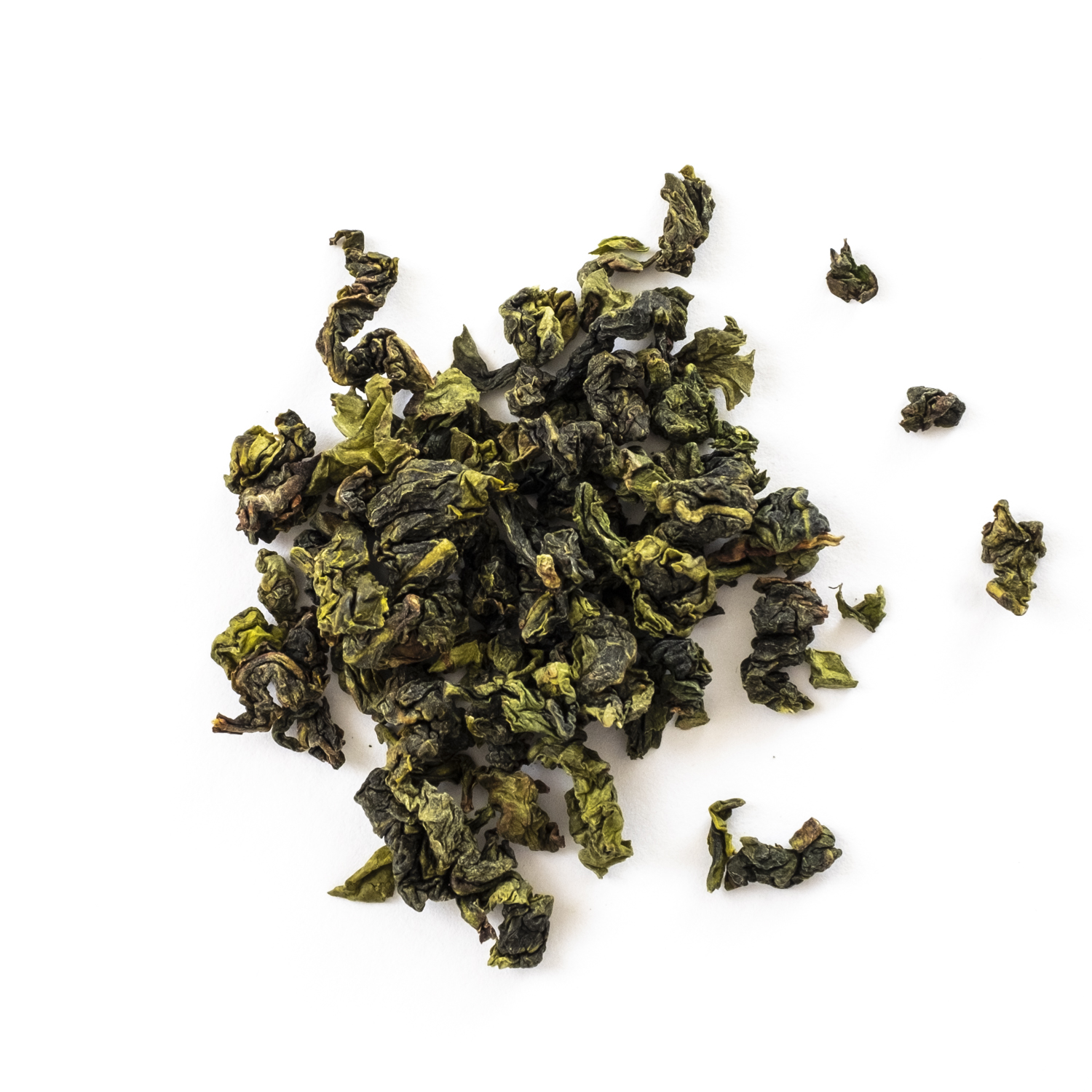
Green tea
In the production of green tea, the leaves are usually steamed. This ensures that, on the one hand, the green colour is preserved and, on the other hand, this process guarantees the preservation of all substances in their original form.
Green tea has an extremely beneficial effect on our organism. Some proven effects are:
- favourable influence on heart and circulation
- anti-inflammatory effects
- anti-rheumatic effect
- caries prevention (fluorine)
- body detoxifying
- donor of iron, zinc, magnesium and important trace elements
- donor of vitamins (A, B1, B2, B12, E, P, much C)
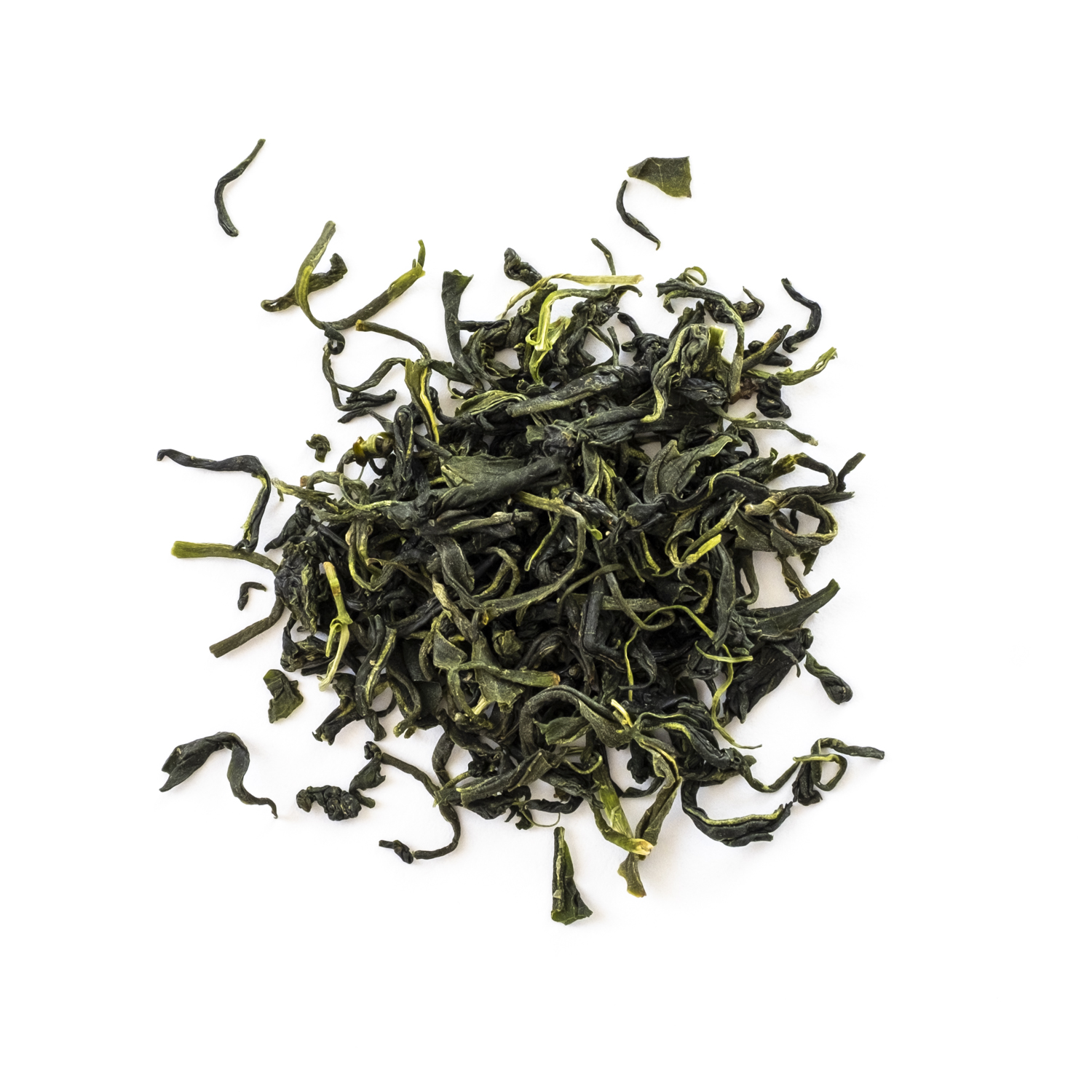
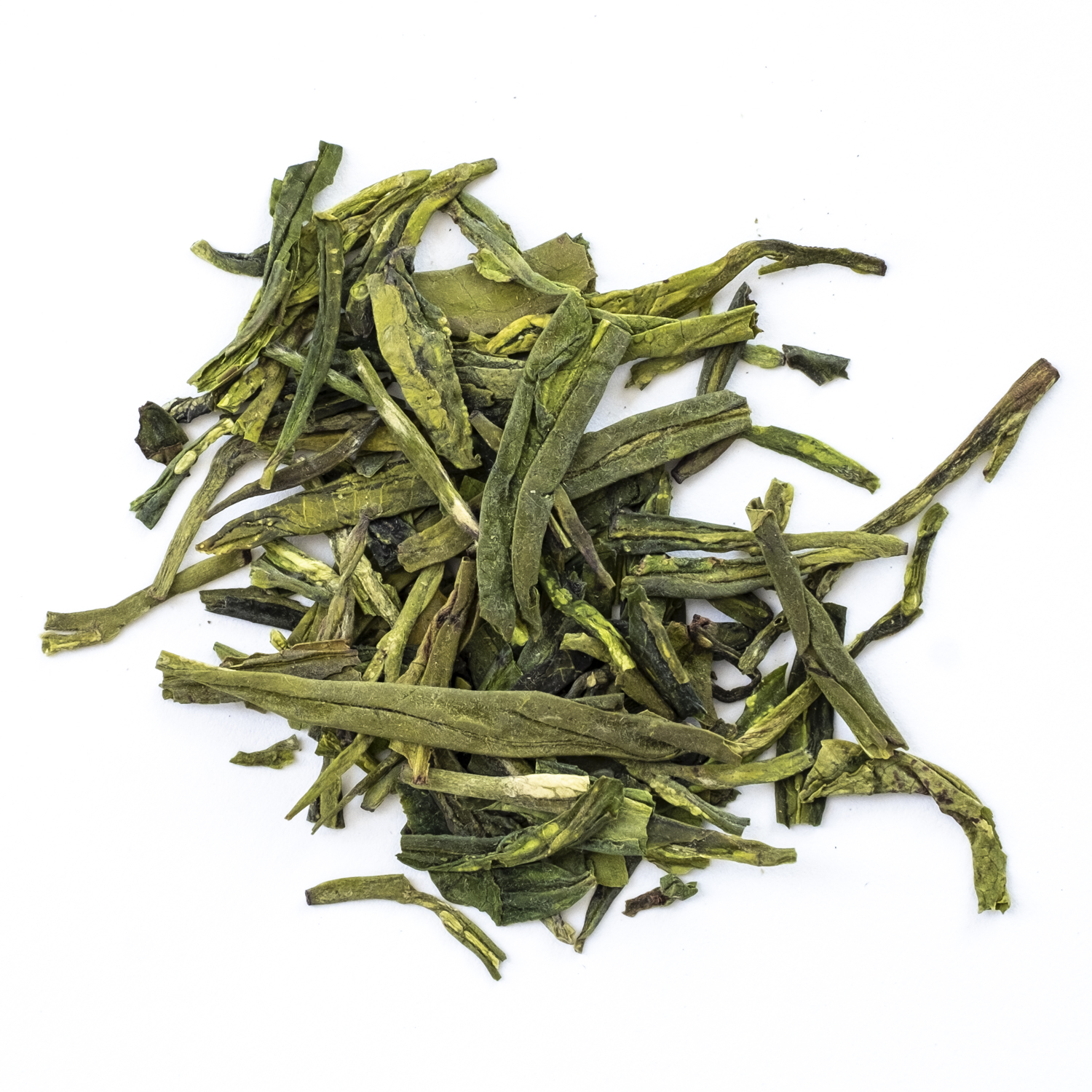
White tea
In the case of white tea, only the unopened leaf buds are picked for the particularly high-quality teas and heated and dried shortly after harvesting, so that no fermentation and usually also no wilting can take place. The infusion is only light in colour with little tannin and has a mild, flowery taste. It gets its name from the fine, light fluff that surrounds the buds.
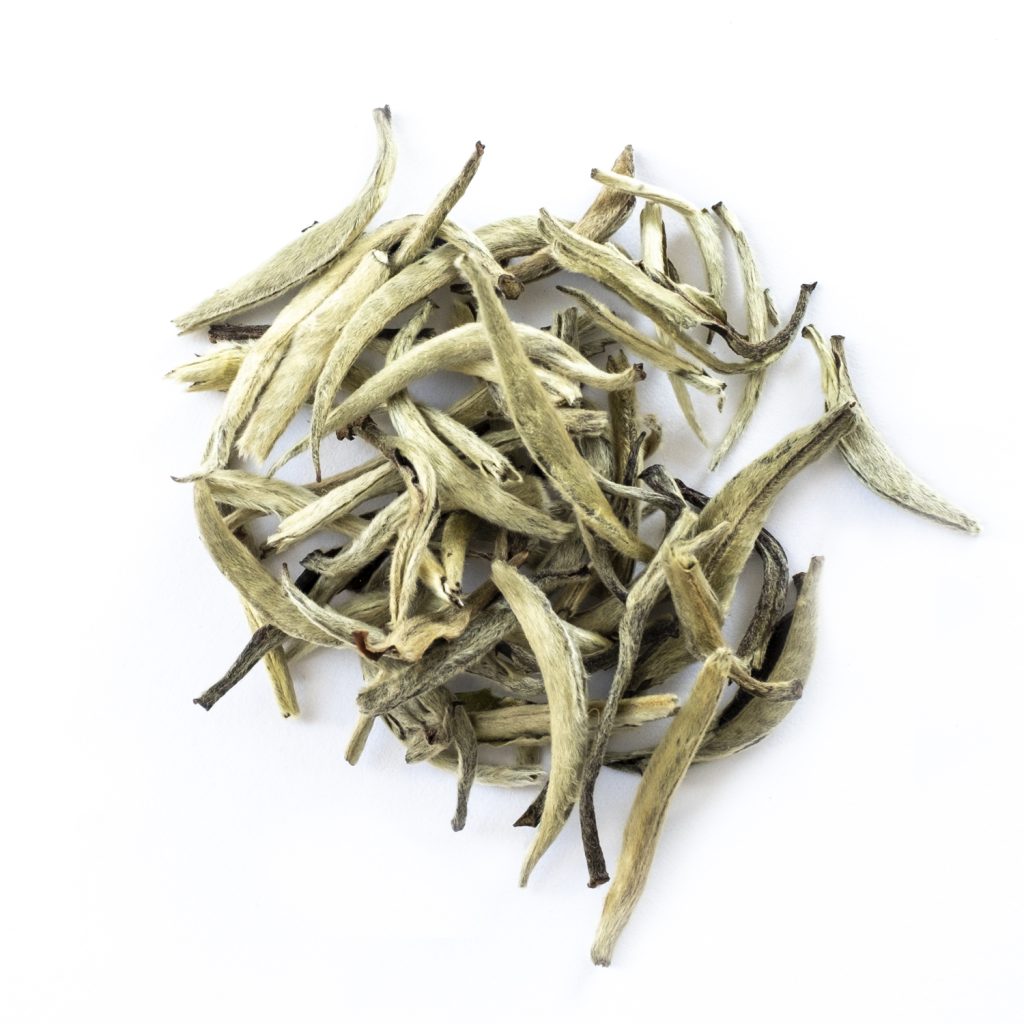
Yellow tea
The yellow tea is classified between white and oolong tea in terms of its degree of fermentation. Its classic processing takes 72 hours and eight coordinated steps. From one kilogram of fresh buds, 200g of yellow tea with a subtle nutty flavour is produced. Originally, this tea was reserved only for the imperial court in China.
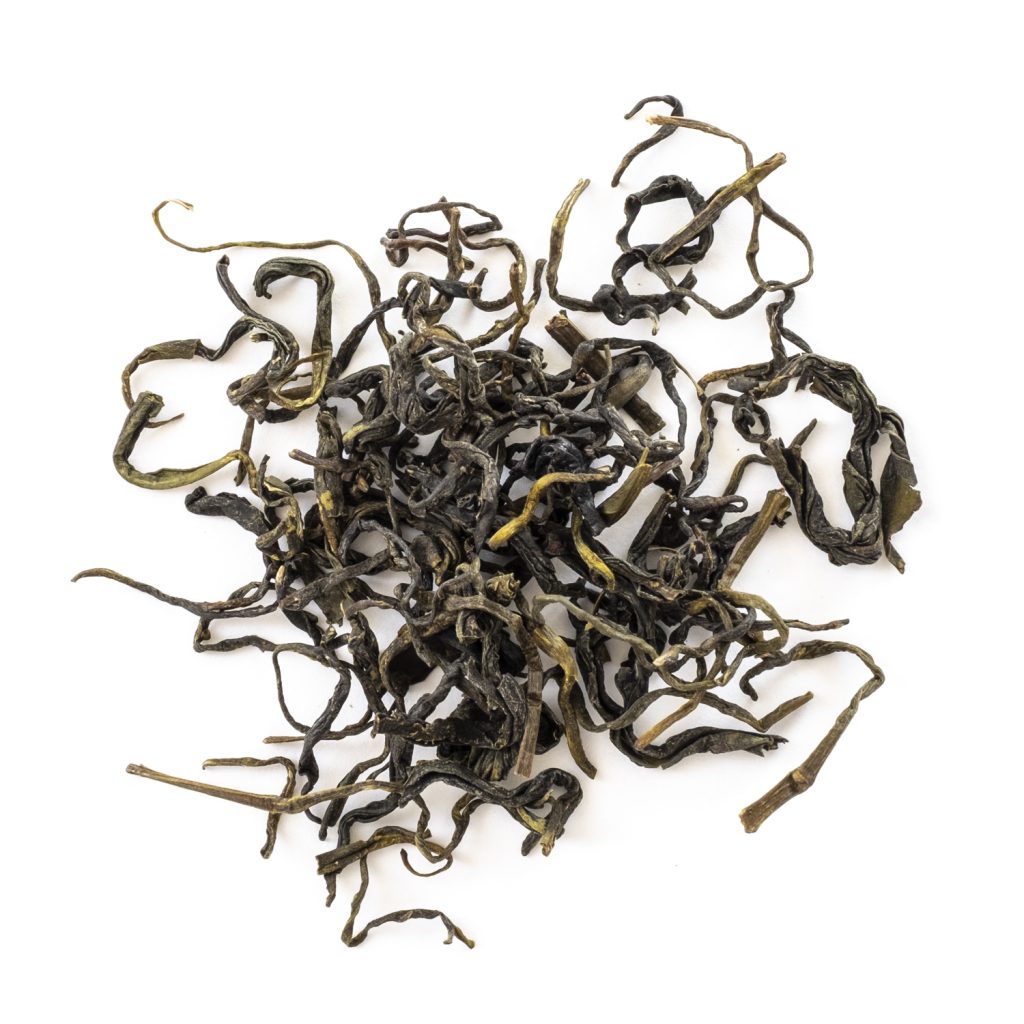
Flavoured tea
Whether with spices, a slice of lemon or popped grain, flavoured tea is nothing new. One of our most popular flavoured tea is Earl Grey. The essential oil of bergamot gives green, oolong or black tea its incomparable fresh-fruity note. The original chai tea requires a variety of spices such as ginger, cardamom, pepper, clove and cinnamon. A piece of vanilla pod adds a sophisticated nuance to a cup of tea. The possibilities in flavouring tea know no bounds.
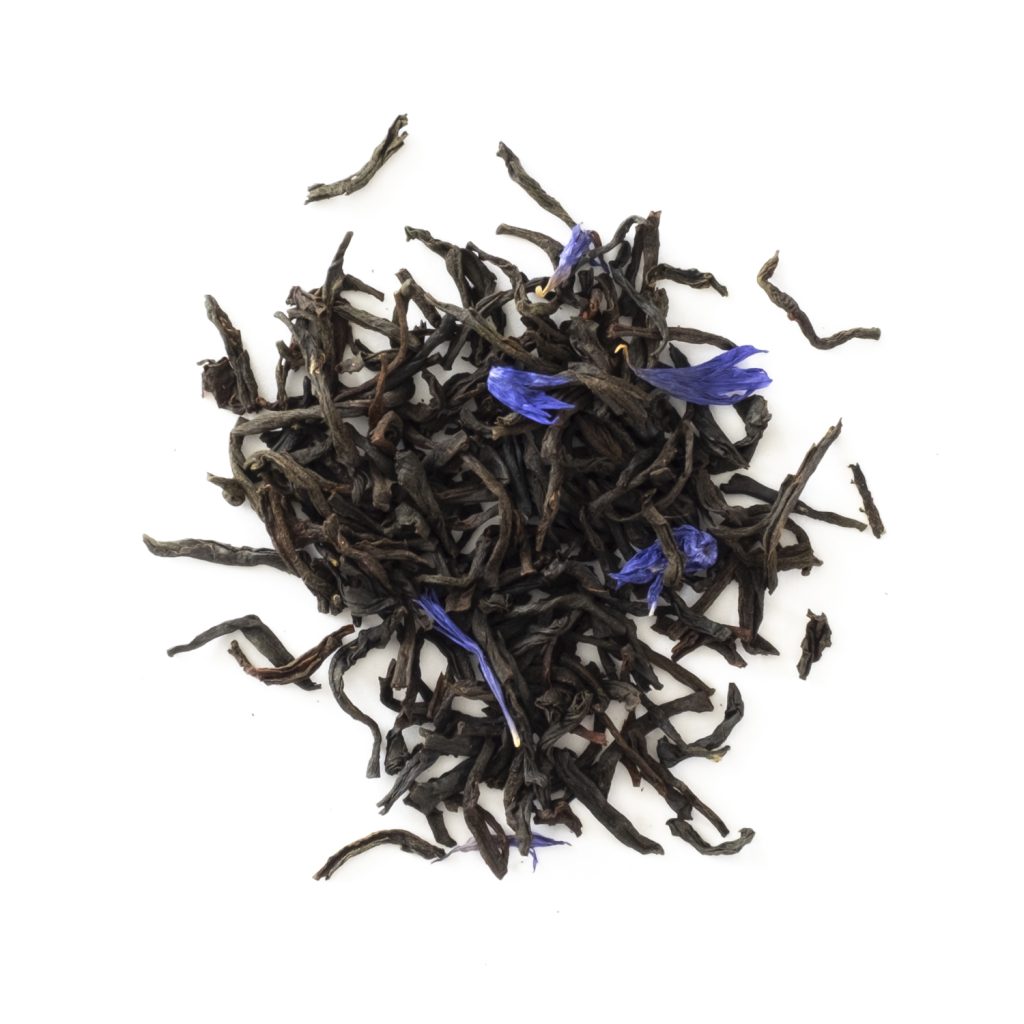
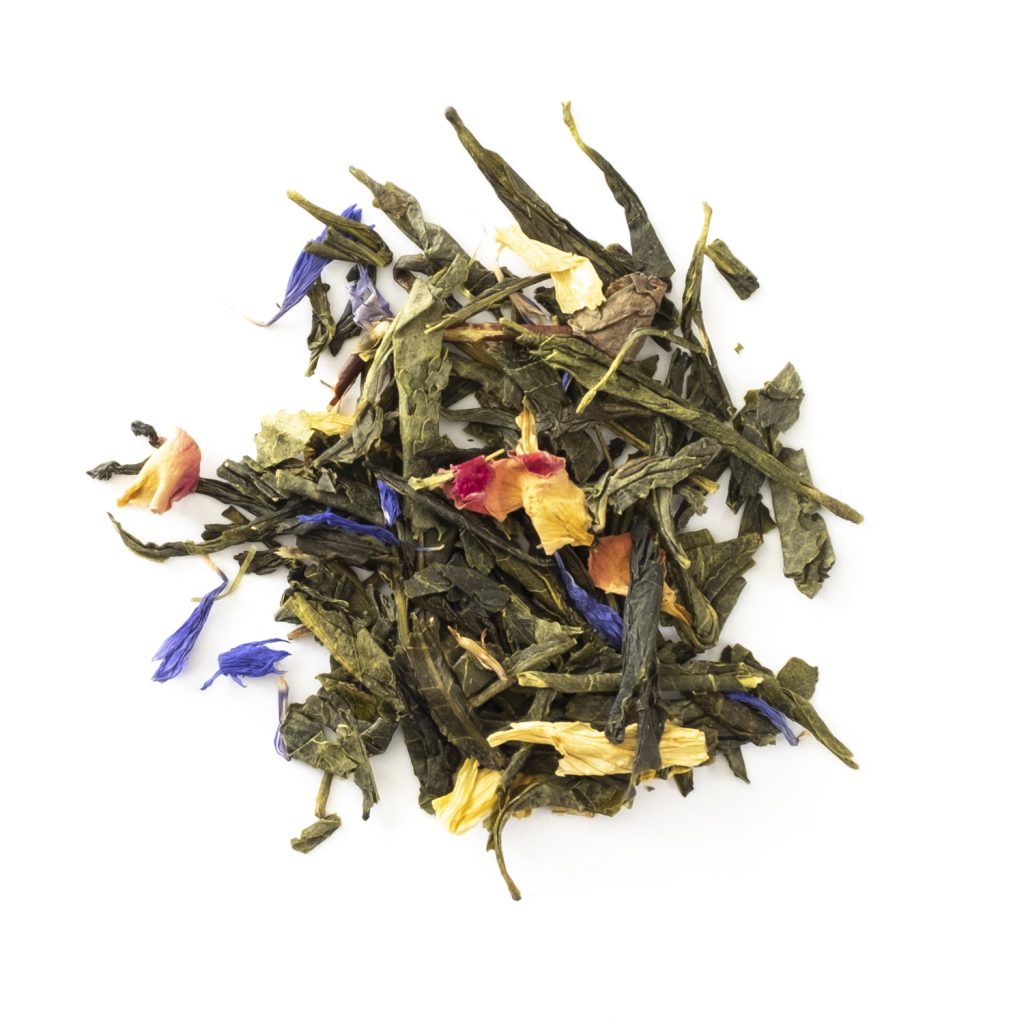
Leaf grades
There are various criteria for judging the quality and character of tea.
One criterion is the tea designation as such. Some countries, especially India with its numerous tea gardens, also declare the grade.
Of course, the abbreviations such as SFTGFOP1 or BOP do not tell the whole story, but they do give clues about the tea in question.
SFTGFOP1
| S | Special |
| F | Finest |
| T | Tippy |
| G | Golden |
| F | Flowery |
| O | Orange |
| P | Pekoe |
| 1 | Aussiebung |
Exclusively an Invoice tea processed with special care earns this short designation.
Only the finest teas with the most uniform and delicate leaf tips from Darjeeling or Assam are awarded this seal of quality.
GBOP
| G | Golden |
| B | Broken |
| O | Orange |
| P | Pekoe |
Broken tea is characterised by its strong flavour. Its infusion is usually quite dark.
It is advisable to pay attention to good quality, as broken teas quickly become bitter and inedible if not processed carefully.
OP
| O | Orange |
| P | Pekoe |
Even an unspectacular designation such as OP can certainly designate a very beautiful leaf grade.
In Ceylon, excellent qualities are often hidden behind these two letters.
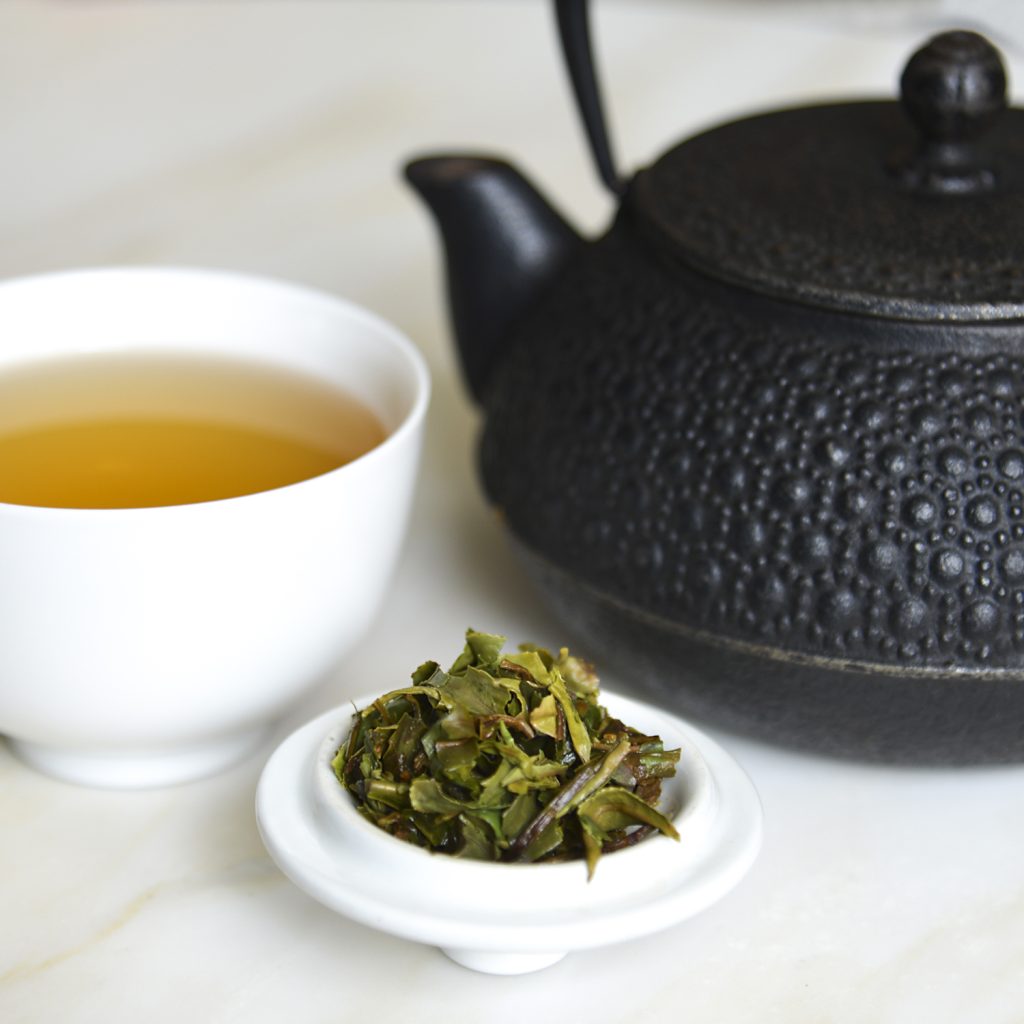
The right preparation
Whether you prepare a simple tea or a speciality, the goal always remains the same: you want to extract the optimum flavour and aroma from the tea leaves.
The tea water should always be freshly heated (no boiler water!) and just reach the boiling point. Lime-containing water is an enemy of fine tea varieties and adversely affects the taste. Stronger varieties such as Assam or Ceylon, on the other hand, tolerate hard water.
Use about 12 grams of tea leaves per litre of water, or 1.5 to 2 grams per cup, which corresponds to about one heaped teaspoon. Note that semi-fermented green and white teas are sometimes considerably lighter, but appear more voluminous. We recommend a teapot made of glass, porcelain, earthenware or cast iron enamelled on the inside. It should store the heat of the tea as well as possible. Clean your teapot only with water, never with detergents.
Pour the water that has reached boiling point directly over the tea leaves. It is important to bear in mind that the tea leaves need enough space to fully develop their flavour. It is best to let the tea leaves steep open in the water and strain them into the preheated teapot after the steeping time. Green tea is more digestible if you allow the water to cool briefly.
The brewing time depends on the type of tea and your preferred taste. Normally, you let tea brew for about 3 to 4 minutes.
The tea tastes best in thin-walled, white tea cups. This way you can also visually enjoy the colour nuances of the individual teas.
Warm the cups in advance.
